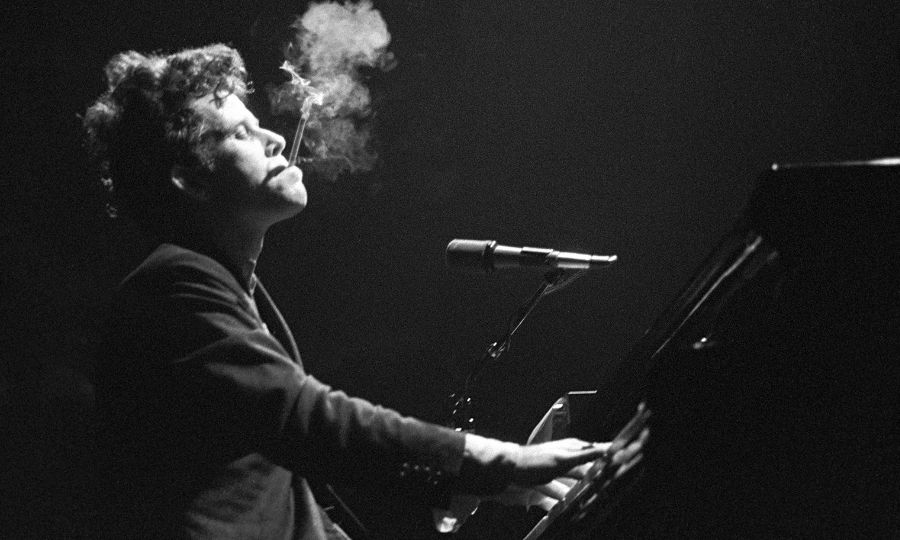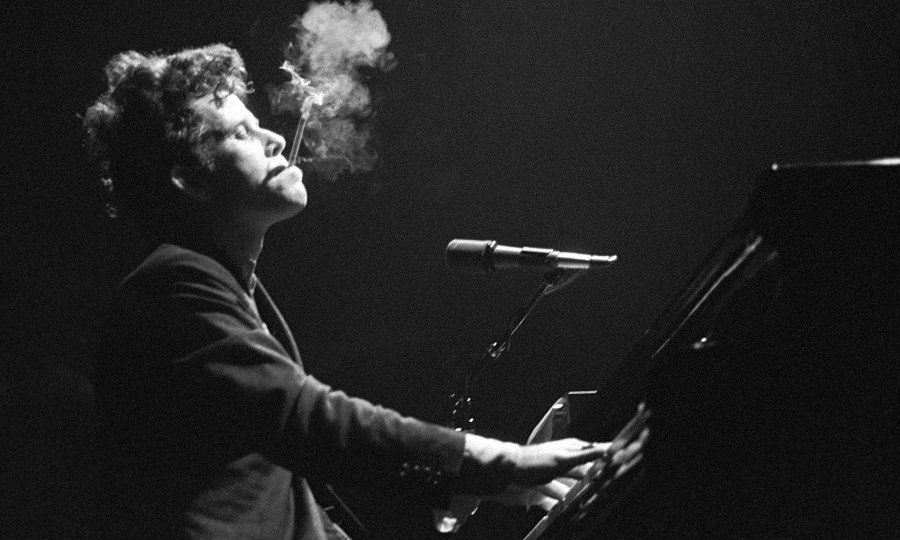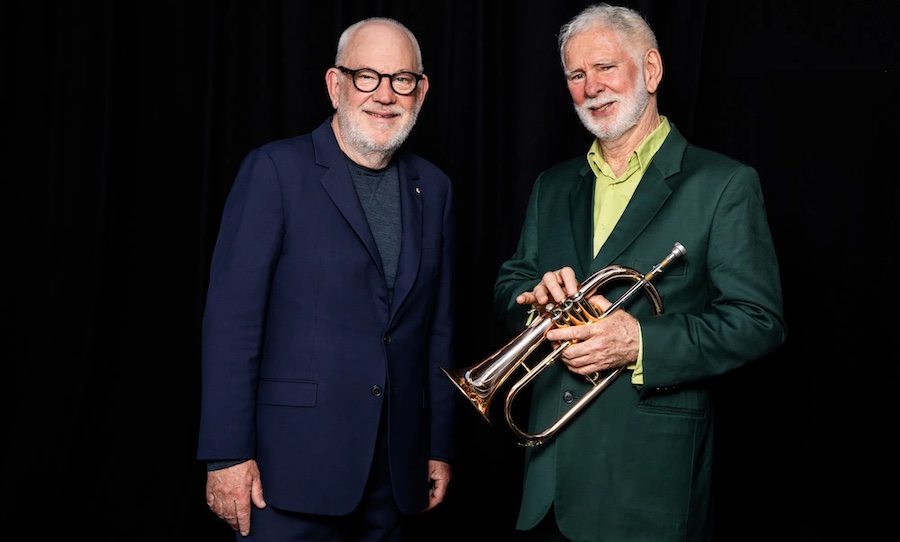Born in the back of a cab in a parking lot at Pomona hospital in California, Tom Waits has confounded and allured listeners in equal parts from the moment he left the womb. From the dark, twisted romanticism of broken hearts and bad livers to the demented circus band of his later years Tom Waits has written some of the most compelling and artistically unique music to date.
Waits cut his teeth playing piano and accordion in the strip clubs and burlesque joints of San Diego, San Francisco, and Los Angeles. An underground cult hero, Waits was spotted by Tim Buckley manager Herb Cohen one night while performing at the Troubadour Club. After signing to Asylum Records Tom Waits began an evershifting, lengthy career from the troubadour incarnate to the far reaches of the avant-garde.
Without further ado here are Tom Waits’ 10 best albums from weird to weirder. 
From beat poet balladry to bastardised American outsider, these are Tom Waits 10 best albums to dip your toes into or dive deep into the strange.
10. Closing Time (1973)
A perfect place for newcomers to enter the fray, Closing Time is Tom Waits’ most straight forward album and thus it is at the top of this list for digestion purposes. Largely considered a jazz album, Tom Waits’ debut remains a testament to his bespelling arrangements and signature, poetic style.
The album opener Ol’ 55 was later covered by Asylum labelmates The Eagles, beginning a string of covers that would eventually bring Waits both fame and artistic integrity.
9. Frank’s Wild Years (1987)
Often considered to be the concluding album of a trilogy of records that began with Swordfishtrombones and Rain Dogs, it lacks the unfettered enthusiasm of its predecessors. Frank’s Wild Years is an oddball of an album with horn breaks, walking bass, and a whole lot of double-takes. Tom Waits’ voice expresses an impressive amount of flair and range, changing form in the span of a song.
The album ultimately takes you on a journey that is familiar enough to remain entrancing and show off what Tom Waits does best – transport through poetry.
8. Nighthawks At The Diner (1975)
This 1975 double live album – backed by a quartet of seasoned jazz cats – includes old staples wrapped in new jazz silks and a smattering of new tunes. What makes this album so great is Tom Waits’ classic satirical comedy and word play which makes you consider an alternate reality wherein he pursued a career as a stand up comic.
Recorded over two days at the Record Plant in Los Angeles to a crowd of Record Executives, friends, and a free bar, this is Tom Waits’, 27, with a wit as sharp as his voice is gruff. He even got ‘Nighthawk’ tattoed on his arm to prove he was walking the walk as well as talking the talk.
7. The Black Rider (1993)
If you want one of Tom Waits’ strangest albums, then this the place to start. Originally created as a soundtrack for the play of the same name, The Black Rider is a circus ride down bent tracks to the jaws of hell.
This is a one of kind Tom Waits ride, and worth listening to simply for the experience. Warning: probably not the best entry point for newcomers.
6. Mule Variations (1999)
Tom Waits debut for Epitaph Records is nothing short of a masterpiece, setting his musical trajectory for the next decade and earning him a Grammy for the Best Contemporary Folk Album.
Six years after The Black Rider Waits returned with a tightened approach and fresh attitude focusing on concise and direct songwriting. The result is one of his catchiest albums yet, deeply rooted in Southern blues and gospel.
5. Blue Valentine (1978)
As Tom Waits love affair with Warner came to a close he went out with a bang on Blue Valentine, his most straight-faced and romantic album, perhaps ever.
If you are looking for a smooth and understandable Tom Waits experience, Blue Valentine has everything from string-filled heart-wrenching ballads to swaggering rock numbers. It goes hand in hand with his 1980 follow up Heartattack and Vine.
4. Bone Machine (1992)
This is likely Tom Waits’ most complete and interesting studio effort. The diverse instrumentation, vocal variance, songwriting chops, and performance are all executed to the utmost degree on Bone Machine.
While it remains one of Waits’ most pessimistic and whackiest albums to date the aural landscape here is as beautiful as it is mournful. Check out the magnificent Going Out West below:
3. Swordfishtrombones (1983)
In 1982, Tom Waits met his future wife Kathleen Brennan who quickly convinced him to embrace his desires for more outsider musical excursions. Waits’ went a little deeper down the rabbit hole than expected however, abandoning his beat poet persona for something a whole lot stranger.
The beginning of an album trilogy, this transformation produced some of Waits’ best work. Gone are the ballads, jazz piano, and loveable storytelling. Swordfishtrombones is a creatively daring album confirming Waits’ place as a reigning cult outsider.
2. Rain Dogs (1985)
This is many people’s first foray into the deep, black well that is the Tom Waits catalogue. Self-produced, conceptual, and bursting at the seams this is Waits’ final approachable album.
Keith Richards rips a lead break on Big Black Mariah, however its the guitar work of Marc Ribot who seems borne from the honky-tonk mind of Waits’ and cannot be overstated. Lyrically Rain Dogs constructs a world of social outcasts, which Tom plays perfectly, one and all.
1. Small Change (1976)
As Waits’ exploration of the seedy nightlife of LA reached a peak, Small Change was the apex of his early-era Asylum records. While his voice grew even more lugubrious, this 1976 record is the high watermark of his storytelling talents and one of Tom Waits’ greatest poetic statements.
The noir-drenched tracks reflect a time after Waits had been touring relentlessly and his drinking habits had picked up significantly. Thus the lyrical content is more personal than ever and offer a unique glimpse of the man behind the character.
This was the album that cemented Waits as a key figure in American songwriting and has earnt its place amongst the pantheon of great albums.



